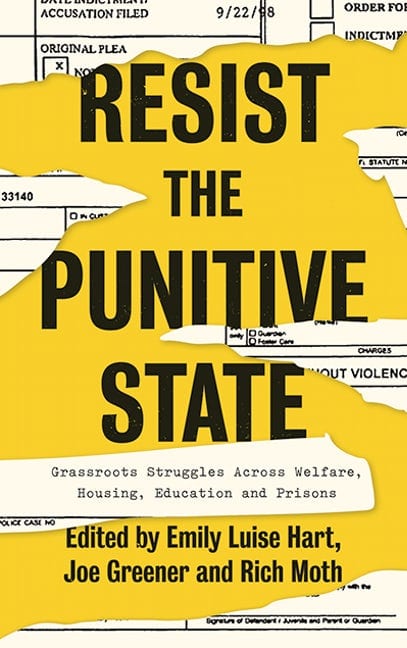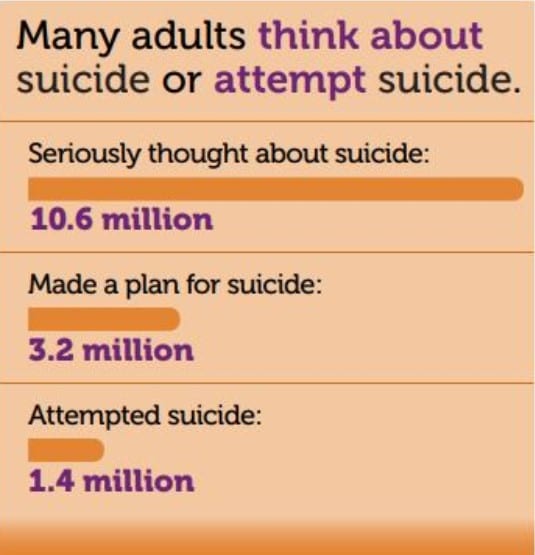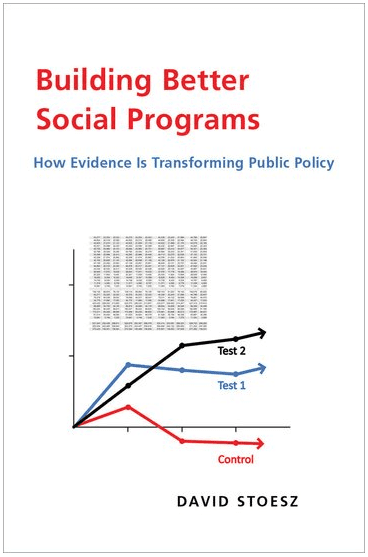
What do we do when housing, mental health, disability, prisons and immigration policy become synonymous with state violence?
news, new scholarship & more from around the world

What do we do when housing, mental health, disability, prisons and immigration policy become synonymous with state violence?


Evidence-based policymaking has, in recent decades, become a focus of program innovation in social care that engages foundations, universities, and state and federal governments. Rigorous research, epitomized by Randomized Controlled Trials, has become the benchmark for demonstrating efficacy and efficiency in social programming. Building Better Social Programs situates evidence-based policymaking with respect to the welfare state, describes key organizations driving the evidence-based movement, and proposes innovations designed to extend benefits to the working class. In addition to providing case studies of cost-effective programs delivering positive outcomes, this volume will include interviews with luminaries who have propelled the evidence-based policy movement. It serves as essential reading for faculty, graduate students, program managers, and foundation program officers.